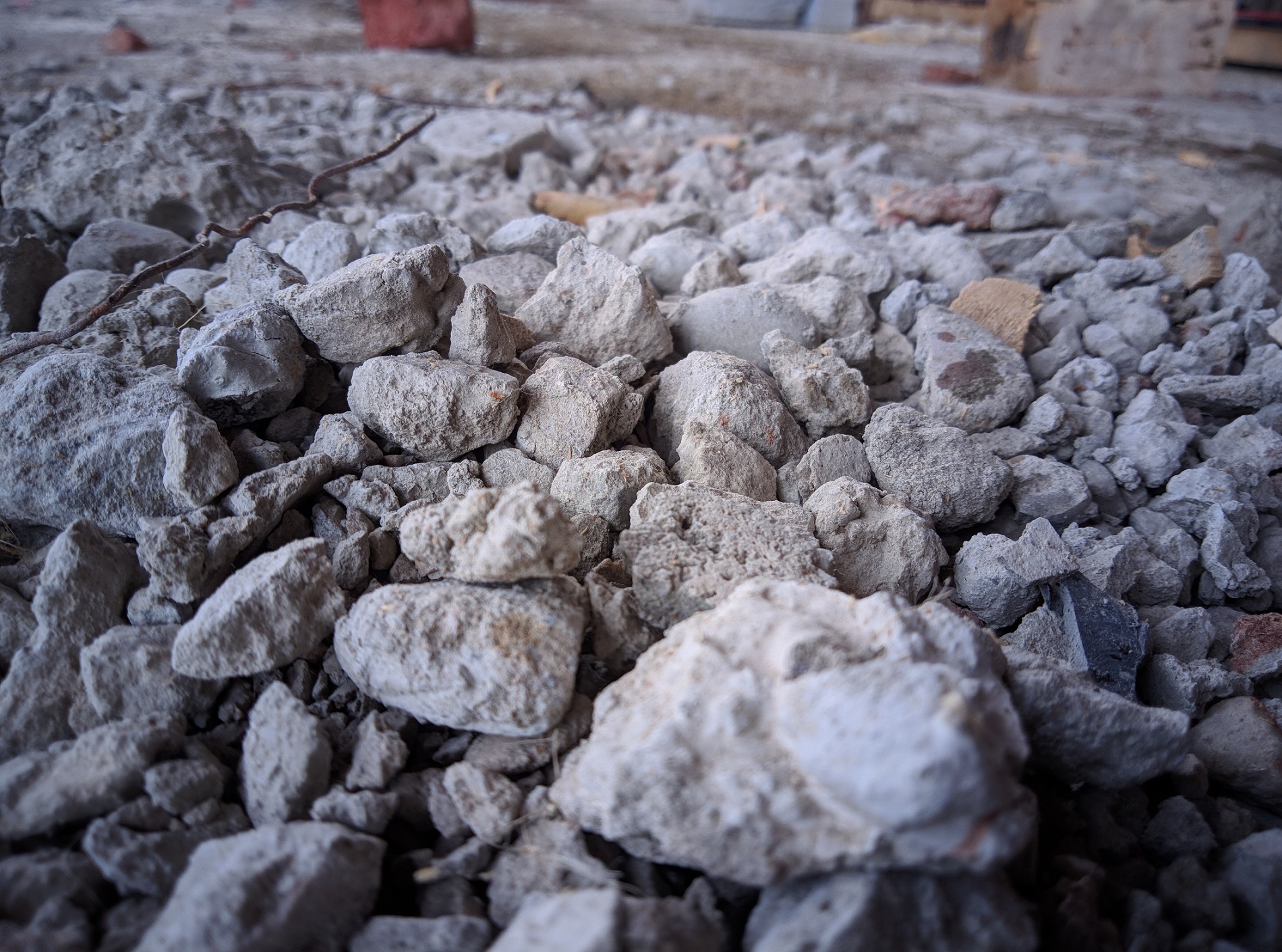
The recently published Aggregate Replenishment Industry in Great Britain – Annual state of the Industry 2020 report recognises annual fluctuations in aggregate outputs since 2014, with COVID-19 impacted 2020 the lowest year for both Sand & Gravel and Crushed Rock output.
The BDS research highlighted signs of growth up to 2016, with aggregates production rising to 180 million tonnes before dropping back and levelling out over the next few years to a little over 170 million tonnes. In 2020, production dropped to a little over 150 million tonnes.
The third edition of the highly valued report provides BDS estimates of annual aggregate outputs, consented reserves tonnage information and BDS-calculated replenishment ratios for Sand & Gravel and Crushed Rock (hardstone, limestone and sandstone) in Great Britain. It also outlines key data to support the operational and strategic activity of the industry. Additionally, the report identifies areas of opportunities for new activity and provides thought and consideration for the future of aggregate replenishment.
The consented tonnage of aggregates differs dramatically across producing companies and years.
Since 2014, BDS identifies the leading companies by tonnage consented for Sand & Gravel as Tarmac and Cemex, while for Crushed Rock, the leading companies are Hillhouse Quarry Group and Tarmac.
A new section within the current annual report is market locality and geographic accessibility. While BDS acknowledges access to available and recently consented aggregates is vital for construction projects due to the locality of aggregates across Great Britain, transport plays an important but costly part of the construction chain. Findings within this report suggest a continual annual mismatch between where land-won primary aggregates are currently produced and where the new reserves to replenish them are being consented. Consequently, there is an ongoing need to move aggregates around the country to fulfil construction needs. The report concludes by reviewing the current position of the market and economy and includes the impact of the Coronavirus pandemic on aggregate replenishment.
To find out more about the Aggregates Replenishment Industry in Great Britain - Annual state of the Industry 2020 report or to purchase a copy of the report, email [email protected]













